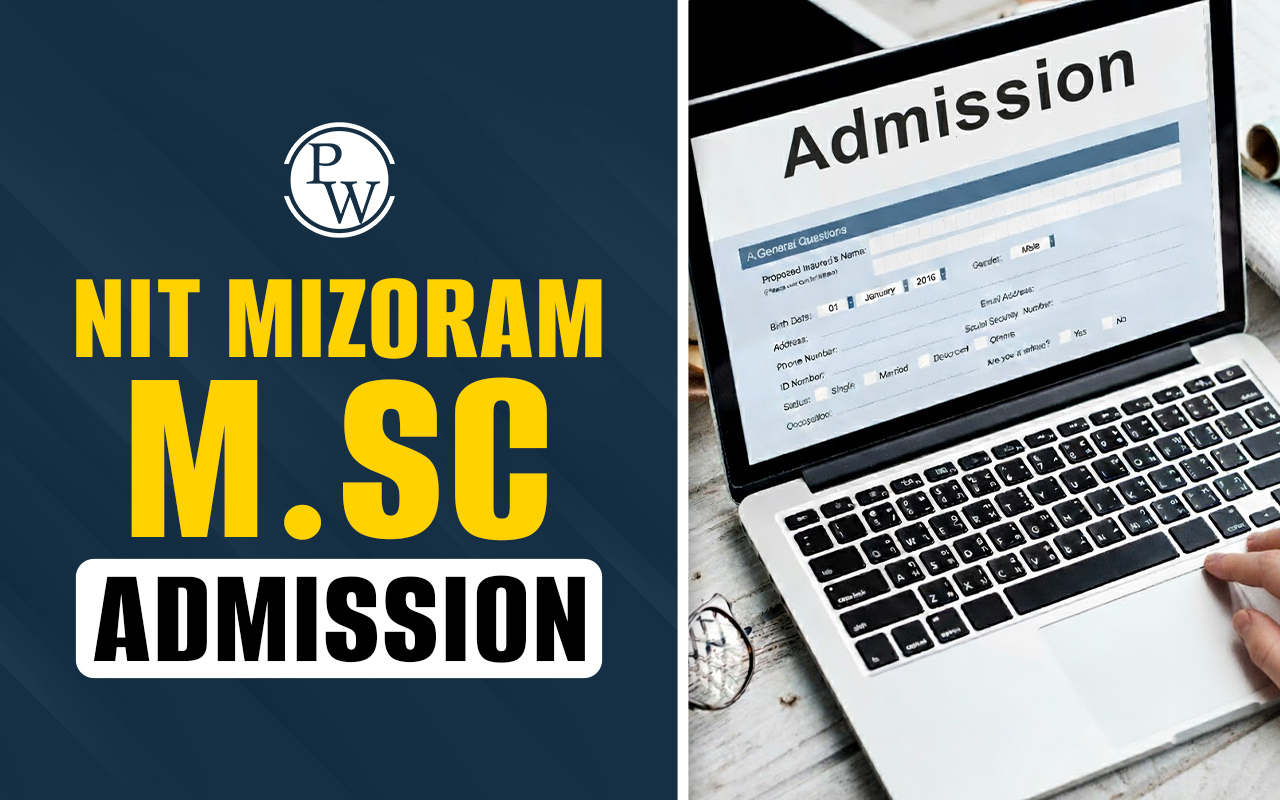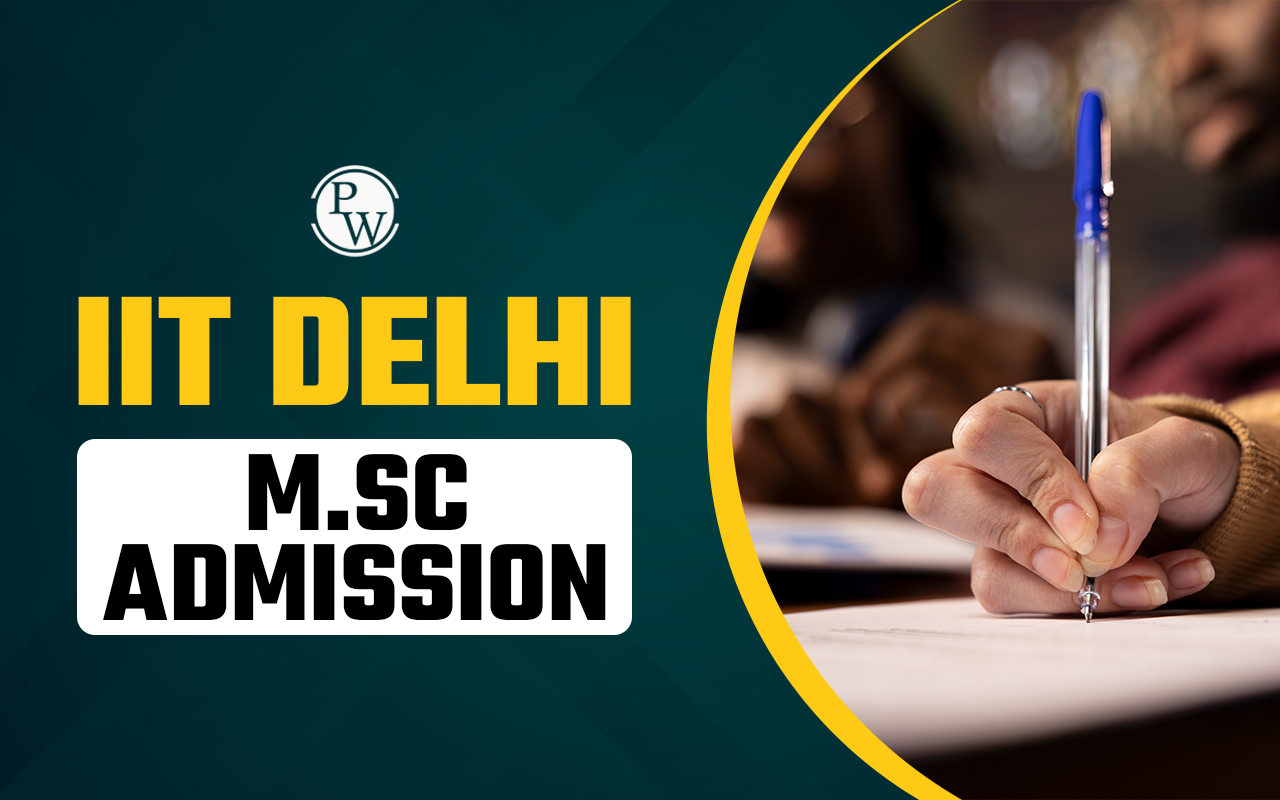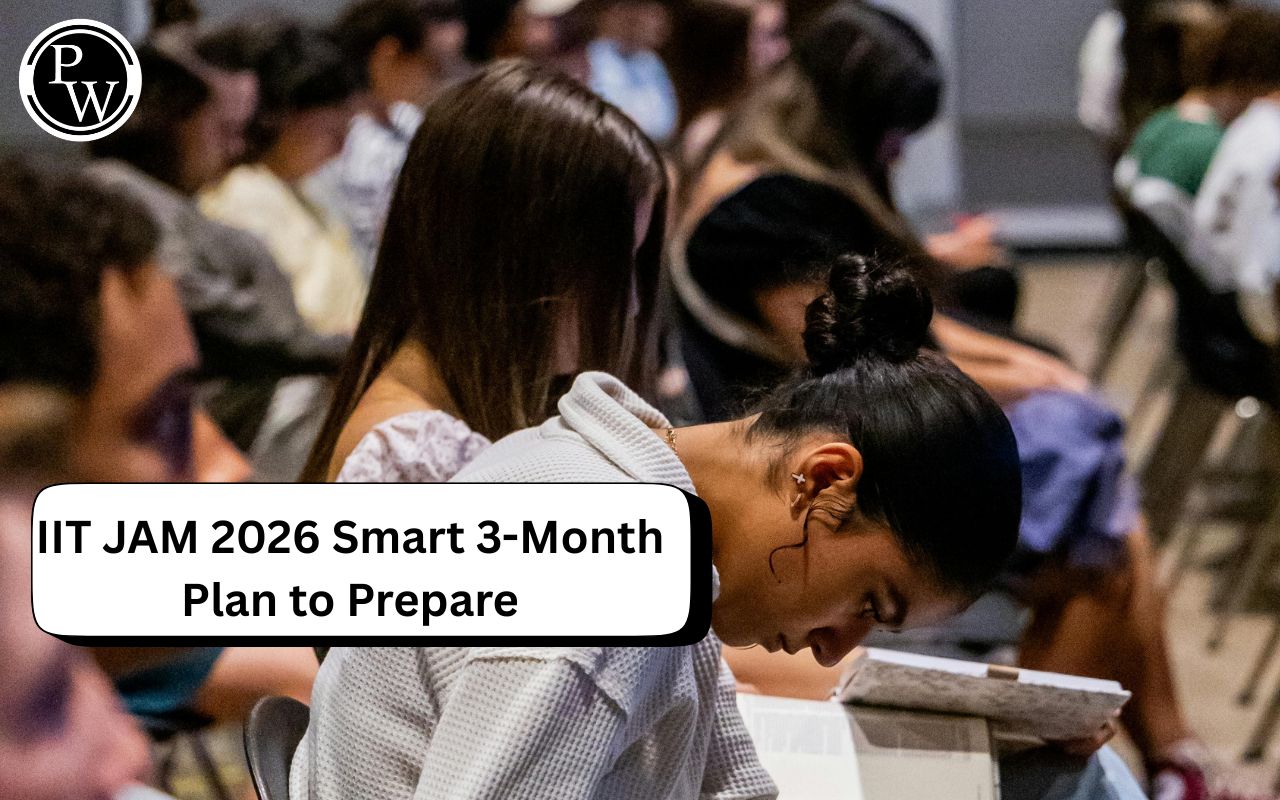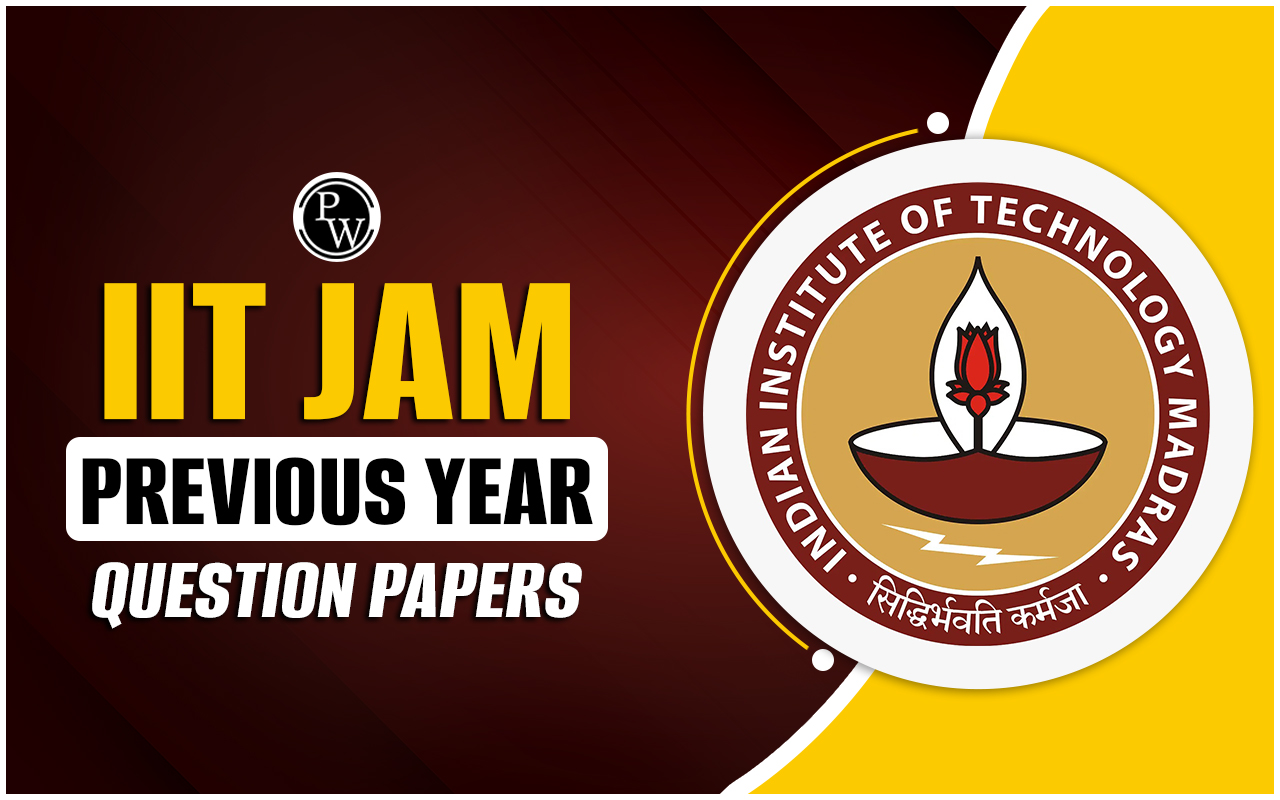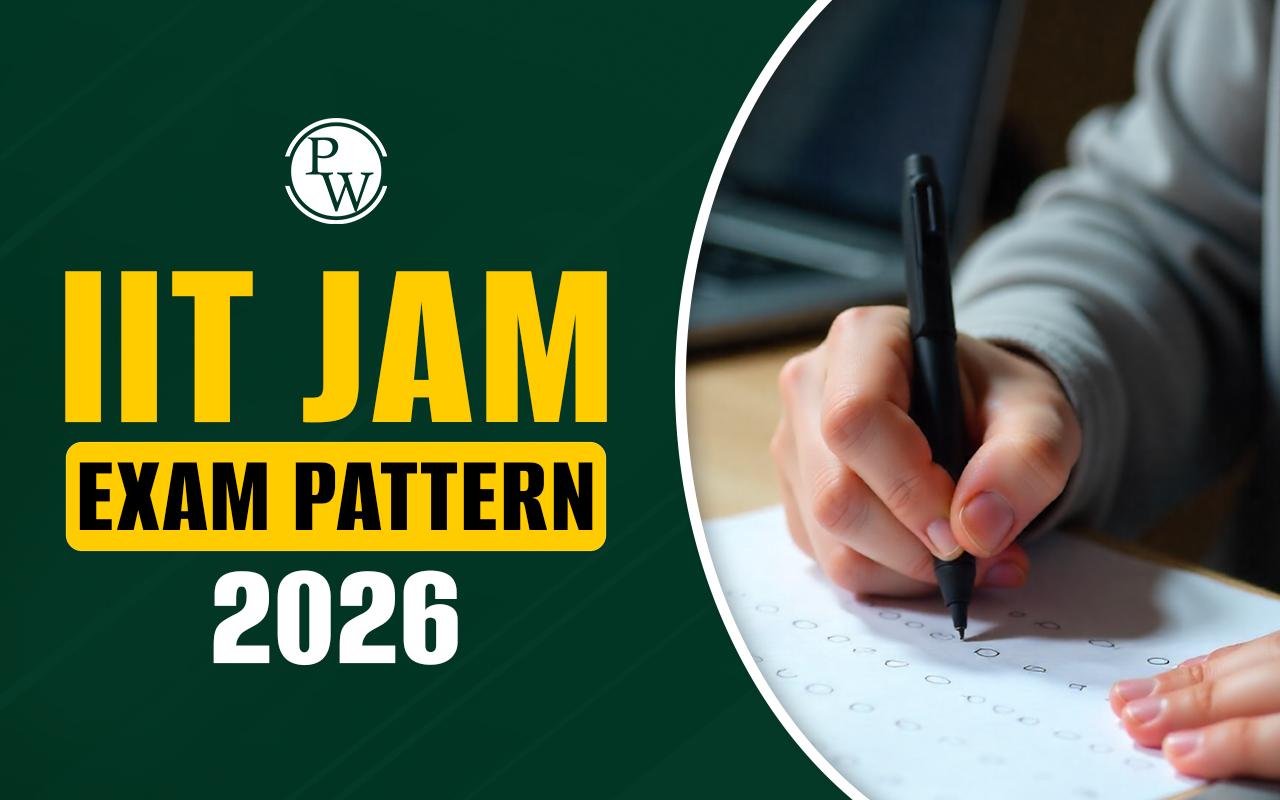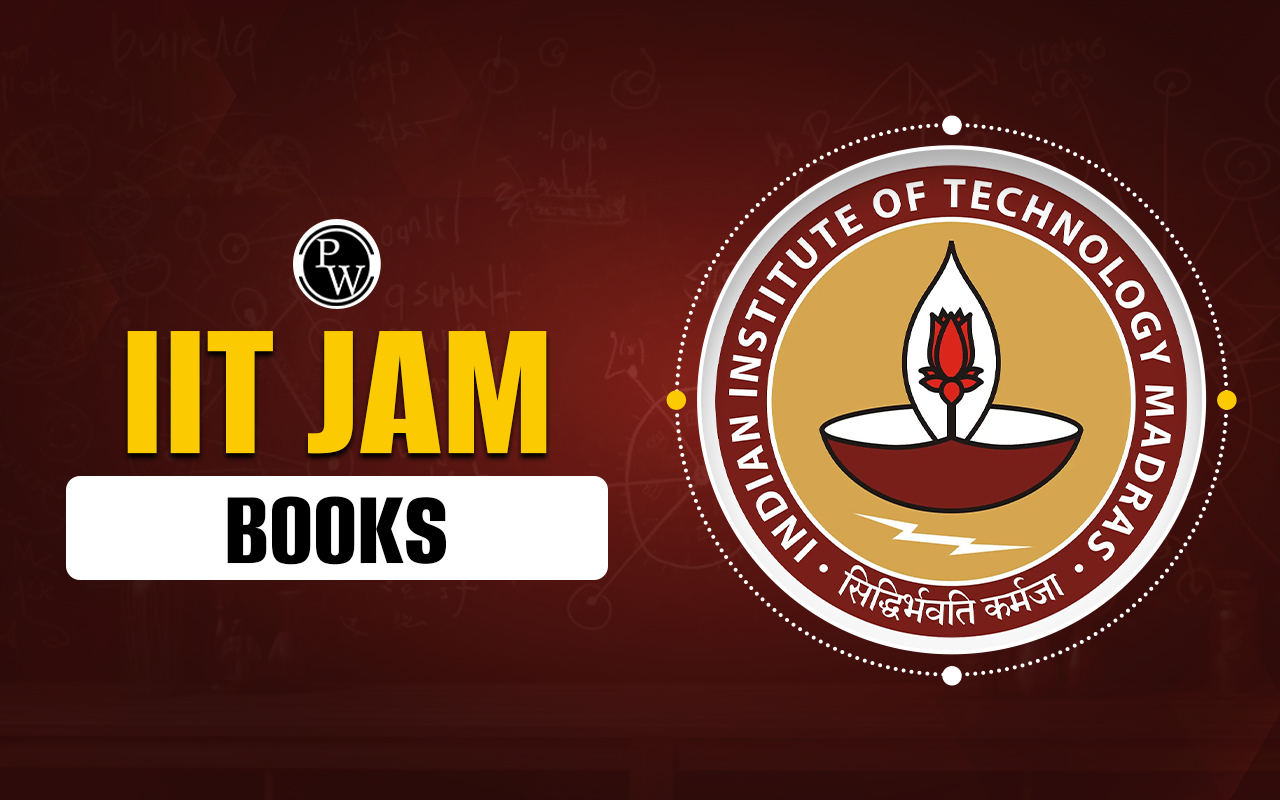
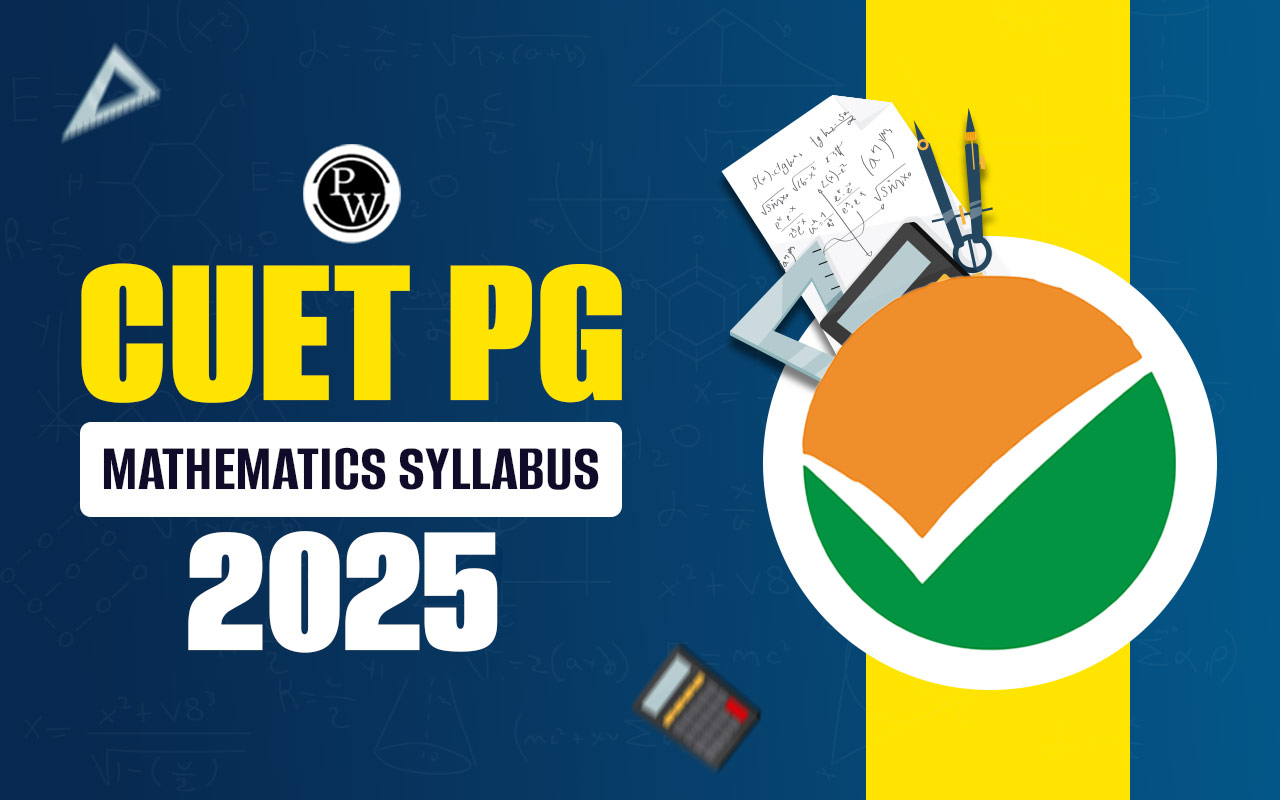
CUET PG Mathematics Syllabus 2025: CUET PG Mathematics Syllabus for 2025 will be released soon by the official CUET PG conducting authority. In the meantime, candidates can review the previous year's syllabus provided below.
CUET PG Mathematics Syllabus PDF from the previous year is available for reference. This PDF, hosted on the National Testing Agency's (NTA) official CUET PG website, outlines the essential topics and units that candidates should study.
For effective preparation, candidates should familiarize themselves with the syllabus, which includes key areas such as Algebra, Calculus, Linear Programming, Complex Analysis, Real Analysis, Integral Calculus, Differential Equations, and Vectors. CUET PG Mathematics Syllabus offers a detailed breakdown of units, topics, and subtopics.
CUET PG Mathematics Syllabus 2025
CUET PG Mathematics Syllabus for 2025 will be released soon. In the meantime, candidates can refer to the previous year's syllabus provided below. The CUET PG Mathematics Exam will be conducted to give students the opportunity to pursue postgraduate mathematics courses at participating universities across India. While the syllabus for CUET PG 2025 is expected to be similar to that of previous years, candidates are advised to review the previous year's syllabus to familiarize themselves with the topics commonly covered in the exam.
CUET PG Mathematics Syllabus includes essential subjects and topics designed to assess candidates' knowledge in their undergraduate studies. The syllabus is structured to align with typical undergraduate coursework, reflecting the subjects that candidates have studied during their undergraduate programs. For detailed information, please refer to the syllabus provided below.
CUET PG Mathematics Syllabus 2025 Overview
Common University Entrance Test for Postgraduates (CUET PG) 2025 is a national examination for individuals seeking admission to postgraduate programs at Central Universities. CUET PG examination is divided into two parts for most papers. Part A, worth 100 marks, includes questions on verbal ability, language comprehension, general awareness, mathematical and quantitative ability, and analytical skills. Part B, worth 300 marks, assesses domain knowledge. The CUET PG Mathematics examination consists of 400 marks.
Details about the CUET PG Mathematics Syllabus for 2025 will be released soon. For now, candidates can review the previous year's syllabus to get an understanding of the topics covered. The CUET PG Mathematics Syllabus 2025 Overview is as follows:
| CUET PG Mathematics Syllabus 2025 Overview | |
| Particulars | Details |
| Examination Name | CUET PG Mathematics Exam 2025 |
| Full Name | Common University Entrance Test (PG) |
| Total No of Questions to be Answered | 75 questions |
| Total Marks in Mathematics Exam | 400 |
| Number of Parts in the Question Paper | 02 |
| Mathematics Exam Duration | 90 minutes |
| Negative Marking | Yes |
| Mode of the Exam | Computer Based Test |
| Frequency of Exam | Once a year |
| Question Type | Objective Type (MCQs) |
| Marking Scheme | Marks per correct answer: +4 Marks per wrong answer: -1 Marks per unanswered question: 0 |
| Official Website | cuet.nta.nic.in |
CUET PG Mathematics Syllabus PDF Download
Students interested in the Mathematics domain for CUET PG 2025 should become familiar with the syllabus details. The CUET PG Mathematics Syllabus PDF is provided below. Candidates can simply click the provided link to download the PDF document and view the syllabus in detail.
| CUET PG Mathematics Syllabus PDF Download (Previous Year Syllabus) | |
| Subject | Download Link |
| CUET PG Syllabus Mathematics PDF | Click Here |
CUET PG Mathematics Unit Wise Syllabus 2025
The following is a comprehensive overview of the previous year CUET PG Mathematics Syllabus, covering differential equations, real analysis, complex analysis, algebra and vector spaces, integral calculus, vector calculus, and linear programming. Each chapter outlines specific concepts to provide candidates with a thorough understanding of the curriculum.
| CUET PG Mathematics Unit Wise Syllabus | |
| Chapters | Topics (Expected) |
| Algebra | Groups, subgroups, Abelian groups, non-abelian groups, cyclic groups, permutation groups; Normal subgroups, Lagrange's Theorem for finite groups, group homomorphism and quotient groups, Rings, Subrings, Ideal, Prime ideal; Maximal ideals; Fields, quotient field. |
| Vector Spaces | Linear dependence and Independence of vectors, basis, dimension, linear transformations, matrix representation with respect to an ordered basis, Range space and null space, rank-nullity theorem; Rank and inverse of a matrix, determinant, solutions of systems of linear equations, consistency conditions. Eigenvalues and eigenvectors. Cayley-Hamilton theorem. Symmetric, Skew symmetric, Hermitian, Skew-Hermitian, Orthogonal and Unitary matrices. |
| Real Analysis | Sequences and series of real numbers. Convergent and divergent sequences, bounded and monotone sequences, Convergence criteria for sequences of real numbers, Cauchy sequences, absolute and conditional convergence; Tests of convergence for series of positive terms-comparison test, ratio test, root test, Leibnitz test for convergence of alternating series. Functions of one variable: limit, continuity, differentiation, Rolle's Theorem, Cauchy’s Taylor's theorem. Interior points, limit points, open sets, closed sets, bounded sets, connected sets, compact sets; completeness of R, Power series (of real variable) including Taylor's and Maclaurin's, domain of convergence, term-wise differentiation and power series integration. |
| Functions of Two Variables | Functions of two real variable: limit, continuity, partial derivatives, differentiability, maxima and minima. Method of Lagrange multipliers, Homogeneous functions including Euler's theorem. |
| Complex Analysis | Functions of a complex Variable, Differentiability and analyticity, Cauchy Riemann Equations, Power series as an analytic function, properties of line integrals, Goursat Theorem, Cauchy theorem, consequence of simply connectivity, index of a closed curves. Cauchy’s integral formula, Morera’s theorem, Liouville’s theorem, Fundamental theorem of Algebra, Harmonic functions. |
| Integral Calculus | Integration as the inverse process of differentiation, definite integrals and their properties, Fundamental theorem of integral calculus. Double and triple integrals, change of order of integration. Calculating surface areas and volumes using double integrals and applications. Calculating volumes using triple integrals and applications. |
| Differential Equations | Ordinary differential equations of the first order of the form y'=f(x,y). Bernoulli's equation, exact differential equations, integrating factor, Orthogonal trajectories, Homogeneous differential equations-separable solutions, Linear differential equations of second and higher order with constant coefficients, method of variation of parameters. Cauchy-Euler equation. |
| Vector Calculus | Scalar and vector fields, gradient, divergence, curl and Laplacian. Scalar line integrals and vector line integrals, scalar surface integrals and vector surface integrals, Green's, Stokes and Gauss theorems and their applications. |
| Linear Programming | Convex sets, extreme points, convex hull, hyperplane & polyhedral Sets, convex function and concave functions, Concept of basis, basic feasible solutions, Formulation of Linear Programming Problem (LPP), Graphical Method of LPP, Simplex Method |
CUET PG Mathematics Exam 2025 Preparation Tips
Below are some important preparation tips for the CUET PG 2025 Mathematics Exam :
- Practice Extensively: To excel in mathematics, engaging in practical application rather than just theoretical study is essential. Aspirants should dedicate significant time to practice, allowing them to enhance their skills and perform effectively in the exam. Consistent practice is highly recommended.
- Familiarize Yourself with Formulas: Memorizing various formulas is very important in mathematics. Candidates should make a list of formulas and learn them daily. Making a formula chart and displaying it in a frequently visited location can help with revision.
- Comprehend Derivations: Students must understand the derivations and their underlying logic. Simply knowing the formulas is not enough; the ability to apply them and comprehend the logic is essential for solving mathematical problems effectively.
- Seek Clarification for Doubts: Uncertainties may arise during practice due to the nature of mathematics. Aspirants must seek clarification for any uncertainties as soon as possible. A reliable source to address doubts, whether through a teacher, a friend, or online resources such as Physics Wallah. Mathematics is best mastered through practical application.
- Regular Revision: Revision is an essential part of preparation. Candidates are strongly advised to review their commitment, which significantly helps to recall learned concepts and deepen understanding. It is recommended that candidates set aside at least one month for revision to prepare thoroughly.
Physics Wallah offers the best CUET PG Online Coaching , providing candidates with comprehensive study materials, interactive online classes, practice sets, and mock tests carefully designed to the latest CUET PG Exam Pattern. By enrolling in our CUET PG Online Courses, candidates can ensure thorough preparation and gain access to the necessary tools to excel in their CUET PG exams. Our online coaching for CUET PG is affordable and is guided by the nation's top educators.
CUET PG Mathematics Syllabus 2025 FAQs
What is the CUET PG Mathematics syllabus?
Is the CUET PG exam considered challenging?
Can one crack CUET PG without coaching?
Is mathematics compulsory for CUET?
Is Physics Wallah a good choice for CUET preparation?


